Ecommerce explosion has companies making big expansion plans

You’ve no doubt bought something online in the last year, and perhaps it’s a regular habit for you. It is for many of us, as more than 80% of Americans shop online. That trend had been growing steadily through 2019, but ecommerce got a massive boost when Covid came along and kept us all at home for long periods. As the pandemic wore on, we just shopped and shopped and shopped online, to the point that ecommerce sales were 50% higher in 2021 than they were in 2019. In 2022, U.S. ecommerce sales topped $1 trillion for the first time, and this year 1 in 5 retail purchases in the world is made online. It’s been an ecommerce explosion.
With so much growth, organizations have been scrambling to get their supply chains optimized for ecommerce. Whether they’re building new fulfillment centers, branching out to develop new revenue streams, or expanding into new markets, companies are taking advantage of the ecommerce explosion to set themselves up for future success. The offerings are diverse, as these examples show.
DHL
The logistics giant is expanding its DHL eCommerce Solutions division, opening an $18 million distribution center in Kansas City. The 125,000 sq. ft. facility is double the size of its previous center in St. Louis. Soon after that facility opened, the division announced the opening of a 352,000 sq. ft. distribution center in Chicago in August. Combined, the Chicago and Kansas City facilities can process 68,000 parcels an hour.
“Chicago is a world transportation and multimodal hub and the perfect location for us to open one of the largest distribution centers in our network,” said Lee Spratt, CEO for DHL eCommerce, Americas. “We have been operating in Chicago for many years, but this new, larger facility has green features we did not have before that allow us to work more sustainably.”
The Chicago facility is Silver LEED-certified, the entire Kansas City space has LED lighting, energy-efficient HVAC systems, and roller shade windows. Both feature EV charging stations. Other moves this year for DHL eCommerce include moving to larger distribution centers in Orlando and Salt Lake City and moving the Stow, Ohio, operation to a wholly owned building.
H-E-B

Prior to the pandemic, few of us bought our groceries online, but a lot of people got used to it during Covid and never looked back. San Antonio-based supermarket giant H-E-B cashed in on the grocery ecommerce explosion by opening a 55,000 sq. ft. fulfillment center in Plano, Texas, in June. It’s the sixth ecommerce fulfillment center the $40 billion chain has opened in the last five years, and it has plans for more as it continues to expand in the Dallas-Ft. Worth Metroplex.
“At H-E-B, we’re always looking for ways to offer Texans a better shopping experience and more options to choose how they shop, pay for, and receive their products,” Kedar Patel, H-E-B Group vice president of eCommerce, said. “Across our business, we are adopting innovative technologies that give our Partners the tools they need to provide top-quality service to our customers whether they shop online or in our stores.”
Drizly
One of the bigger beneficiaries of the pandemic ecommerce explosion was alcohol delivery service Drizly, which has been around for a decade but saw a 350% year-over-year sales increase in 2020. That growth was enough to catch the eye of Uber, which bought Drizly for $1.1 billion in stock and cash in 2021. Just prior to the acquisition, Drizly launched a wedding delivery service, and it has more plans to expand beyond its original 60-minutes-or-less home delivery product.
“After building the infrastructure for alcohol e-commerce and paving the way for on-demand delivery at scale, this next phase for Drizly is all about building a tailored shopping experience to help customers find the best drinks for these moments – whether it’s a bottle for an impromptu date night at home or sending a gift across the country to mark a special occasion,” then-CEO Cory Rellas said.
Drizly is now available in more than 30 states and 1,500-plus cities. It has a corporate concierge team specializing in client and employee gifts and gift orders have scaled more than 100% since 2019.
TikTok

The TikTok Shop in-app marketplace had great success in Southeast Asia then in the UK before bringing it to the U.S. It now has the TikTok Shop Shopping Center available in the U.S.
The Information reported in June that TikTok had signed warehouse and logistics deals for U.S. fulfillment centers. The news came after job openings popped up on LinkedIn last October for key positions indicating a plan for opening its own fulfillment centers in the U.S. “By providing warehousing, delivery, and customer service returns, our mission is to help sellers improve their operational capability and efficiency, provide buyers a satisfying shopping experience and ensuring fast and sustainable growth of the TikTok Shop,” one listing said.
After clearing $4.4 billion last year, TikTok has a goal of $20 billion in gross merchandise value worldwide for 2023, Bloomberg reported. With the ecommerce explosion we’ve seen in the last few years, the social media darling can set its sights even higher the next few years.
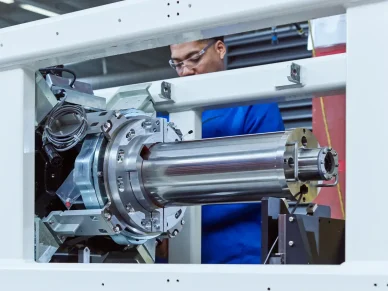



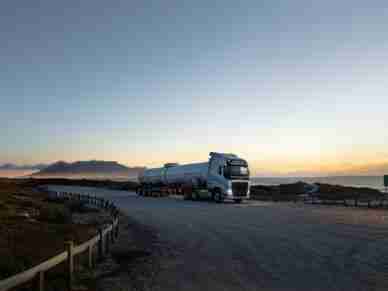
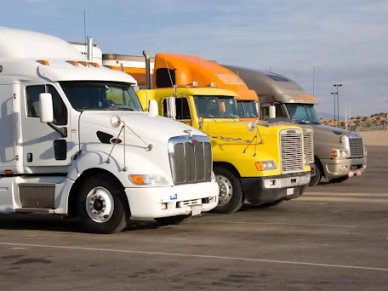
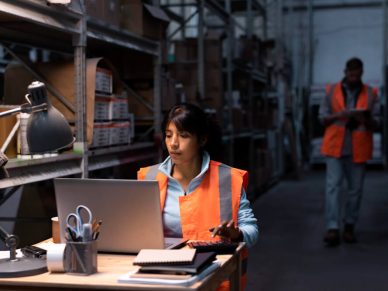
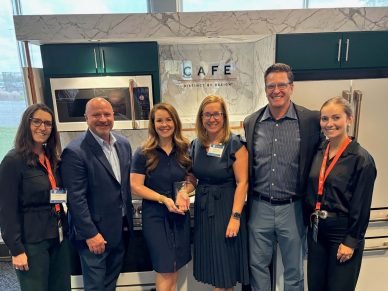

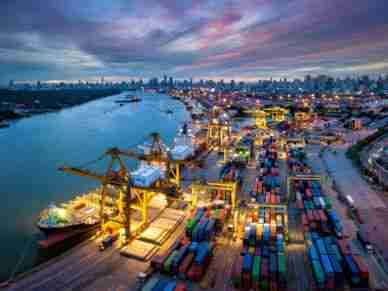




Leave a Reply